I had the good fortune of having coffee with Margaret Sartor back in June at the Nasher Museum on the campus of Duke University. She generously agreed to meet with me and talk about the work of William Gedney and her experience researching it for her book, co-edited by Geoff Dyer, What Was True: The Photographs and Notebooks of William Gedney. Sartor is a photographer, writer, and teacher at Duke University and has curated exhibitions of photography at the International Center for Photography in New York, The Center for Documentary Studies at Duke University, and the San Francisco Museum of Modern Art.
One of the most pressing questions I’ve had about Gedney’s work in Appalachia has simply been, why? Why Appalachia? I’m fascinated by his choice to leave New York and wander into eastern Kentucky to make photographs. I asked Sartor about this. She explained that he was very close to his grandparents, who were farmers in upstate New York. Some of his earliest photographic work was centered on his grandparents and it’s likely that his connection to them – the life they led, the simplicity of the land, the beauty of place, ultimately drew him to Kentucky.
To Sartor, Gedney was very interested in the authenticity of people and place. He had very little patience for inauthenticity or pretension (artistic or otherwise). He worked very unobtrusively, rarely confronting his subjects head on or imposing himself upon the situation.
“We can’t pinpoint why we keep looking at an image but if we keep coming back, you know that it’s something beyond the surface, you know, that somehow in describing the surface, the photographer has managed to get at something deeper…and really invisible.” – Margaret Sartor
We talked about the photograph above, simply titled Young girl. Next to Three girls in kitchen, this is my favorite William Gedney photograph. There is so much here. The girl’s head slightly tilted back and to the side, wisps of hair in her hace, her set jaw, arms crossed, and those eyes. Her gaze speaks volumes to me. Sartor and I spoke at length about this photograph.
“Her defiance is something we recognize (perhaps as adolescents) – it’s a spirit. It’s something much more lively than self-conscious. She’s showing a side of herself to Gedney, yet not letting him in. As photographers, we’ve been on both sides of the camera. We work hard to try to get at who the person really is. Gedney had a special way of capturing that electricity – how the subject and photographer work it out. It’s interesting that he got that from her (that she presented it to him) and that he would see that part of her spirit and not be looking for something else.” – Margaret Sartor
Gedney’s Appalachia work is refreshing to me because it feels so incredibly real. Sartor noted that, “We keep looking because it (Gedney’s work) feels so genuine.” I couldn’t agree more. His unassuming presence allowed him to capture moments so obviously absent from most of the work I’ve seen from Appalachia, that one has to wonder why so few photographs like this exist. Certainly at the time he was photographing in Appalachia, there was a stream of imagery coming out of there that I feel shaped the way we look at Appalachia today. For me, Gedney chose to see and show the deeper humanity of my home. How he saw the world, my world, challenges me to be truer, to be more authentic when I work.
Following are more of my selections from the Gedney collection that, for me, show the depth of the sort of quiet poetry he seemed to be working out (another great insight from Margaret Sartor).
All photographs – William Gedney Collection, Duke University David M. Rubenstein Rare Book & Manuscript Library.
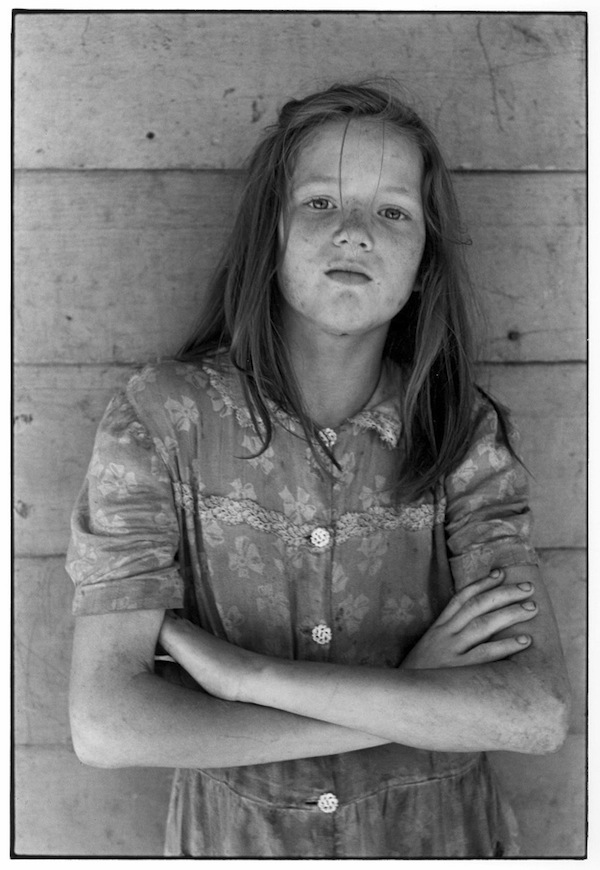
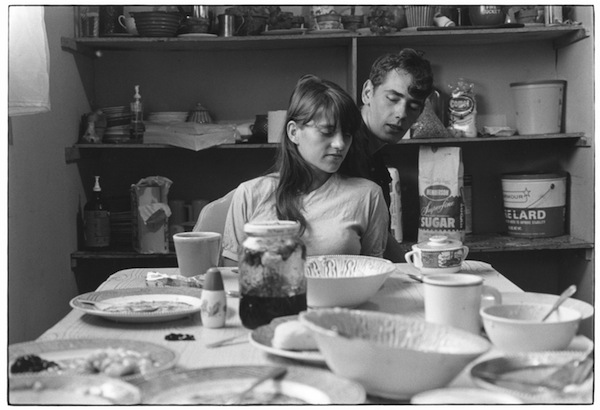
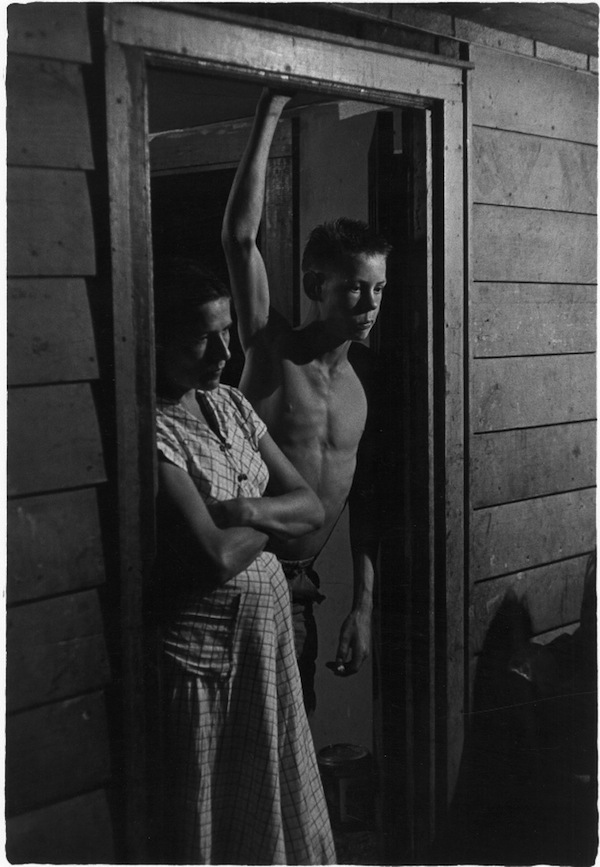
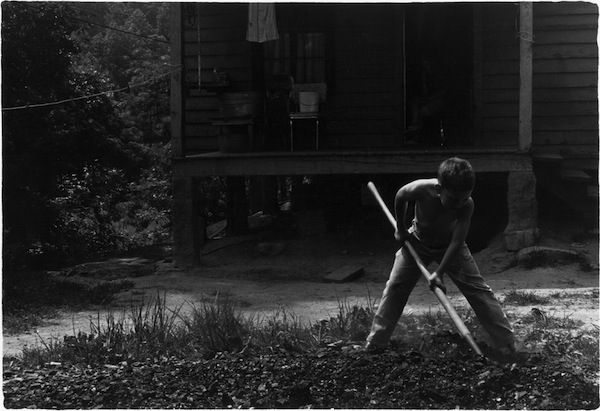
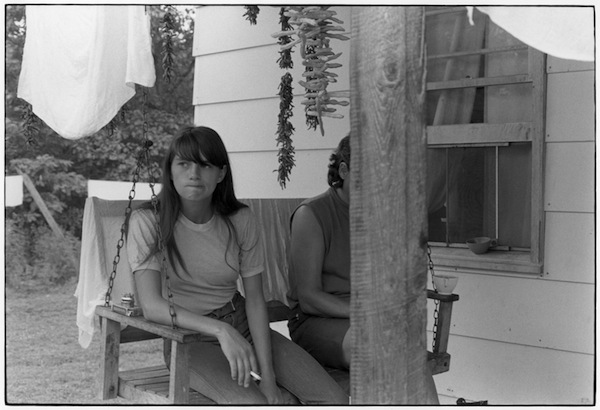
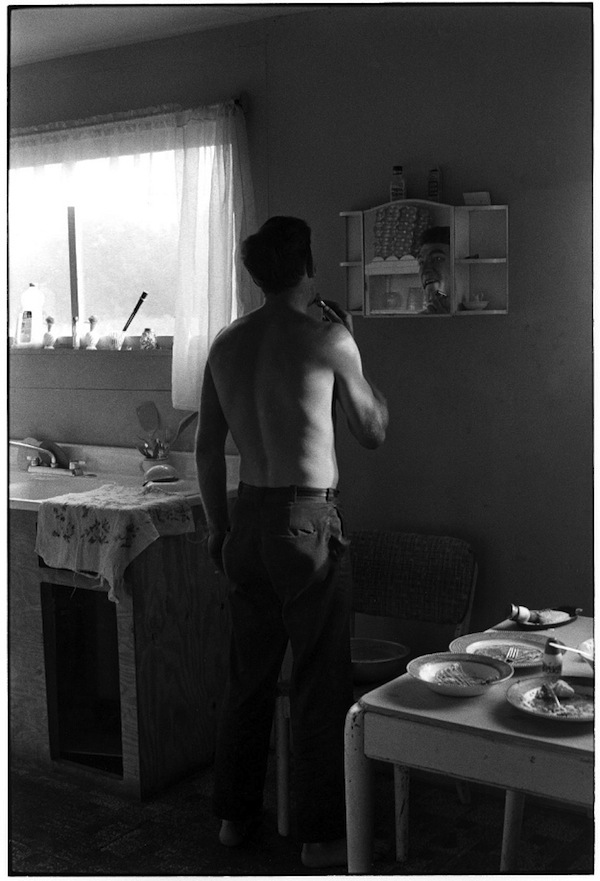
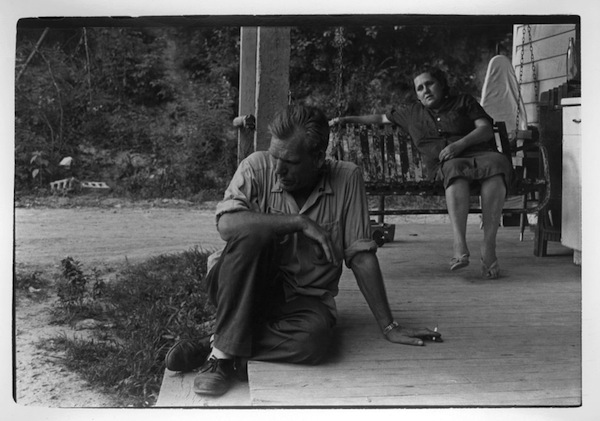

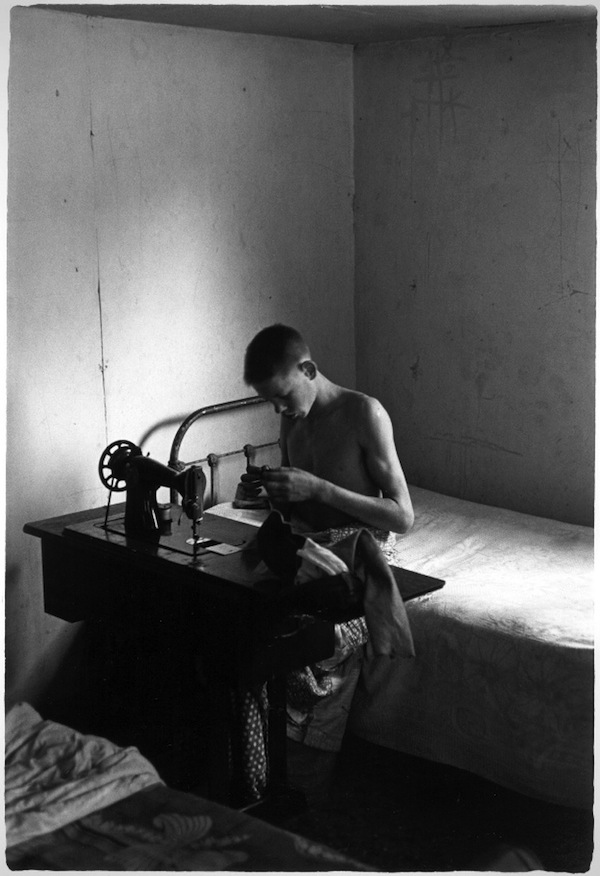
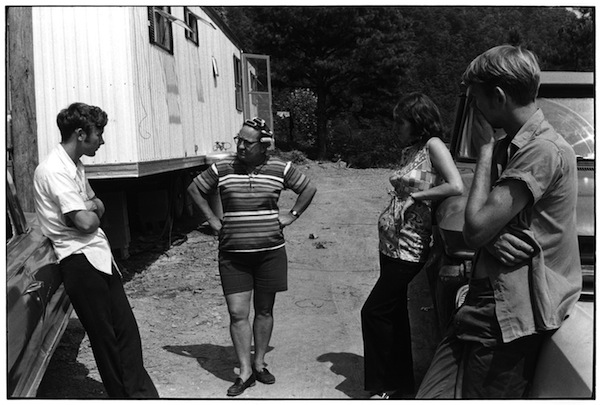
Hi Roger, I posted the below on John’s blog yesterday and thought you might be interested too:
“This morning I heard Terry Gross’ interview with Lee Maynard, author of Crum, on ‘Fresh Air.’
I thought it excellent, and since it discusses some of the same issues you have raised or addressed here concerning Appalachia, well worth listening to.”
http://news.wfsu.org/post/crum-lee-maynards-love-letter-his-hometown
Christian,
Thanks! This is fantastic! Crum is in the neighboring county where I grew up. I appreciate your sharing this.